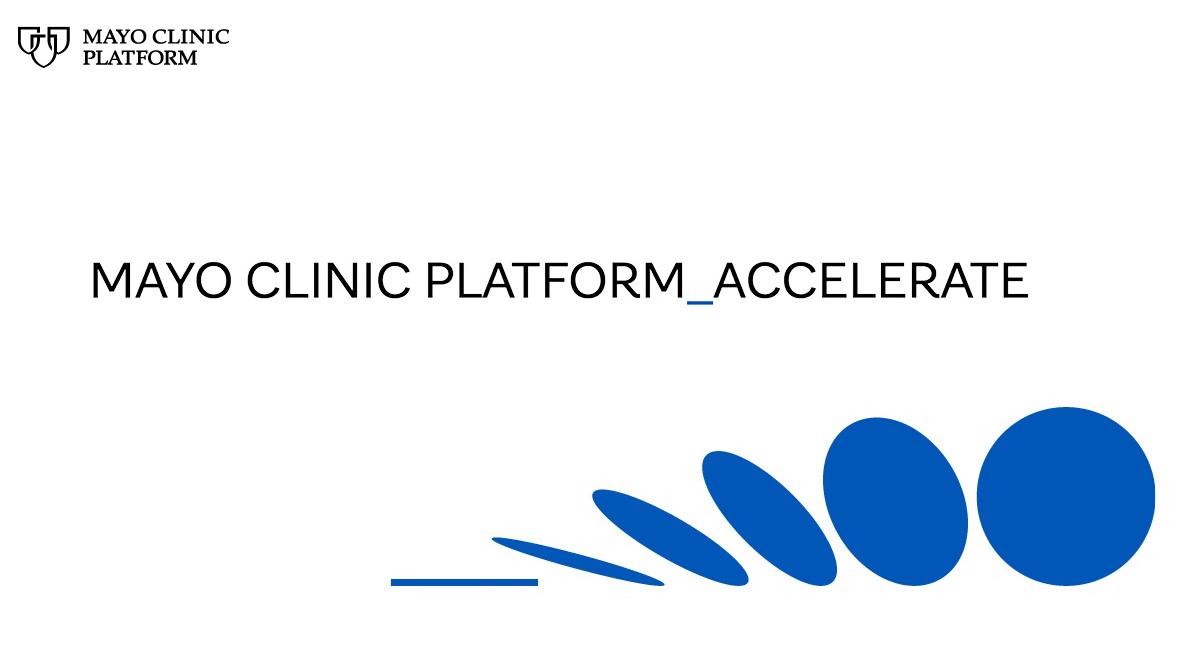News Releases

October 18, 2023
ROCHESTER, Minn. — Mayo Clinic Platform_Accelerate is excited to announce its fourth cohort consisting of nine innovative health tech startups from around the globe. The[...]
September 24, 2012
September 20, 2012
September 20, 2012
September 20, 2012
September 20, 2012
Explore more topics
 Sign up
Sign up

Mayo Clinic Connect
An online patient support community
